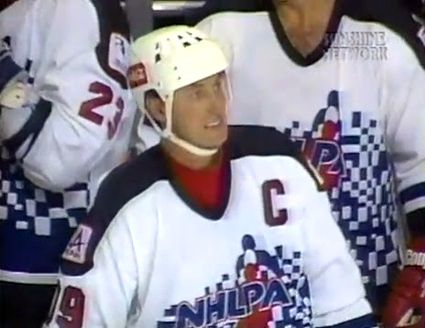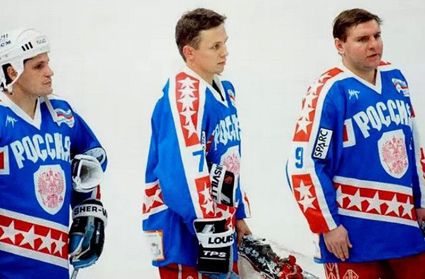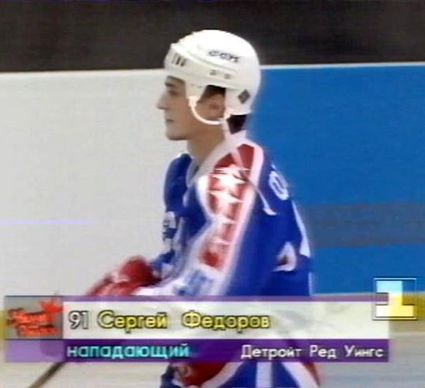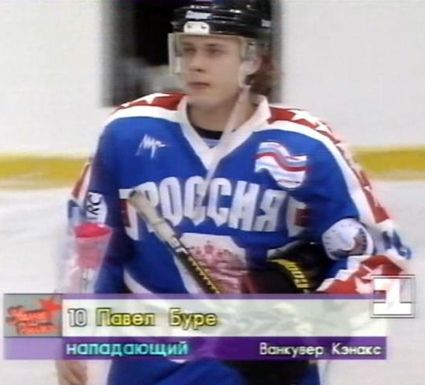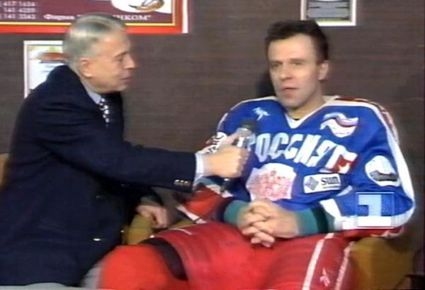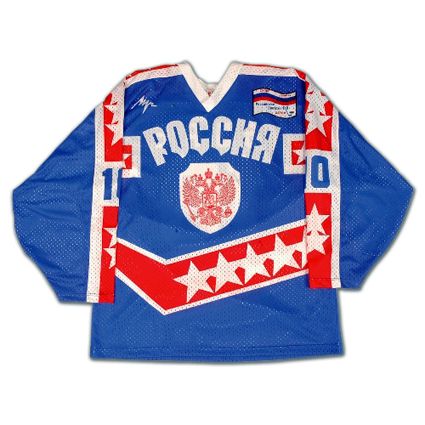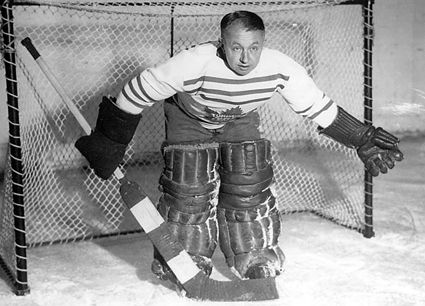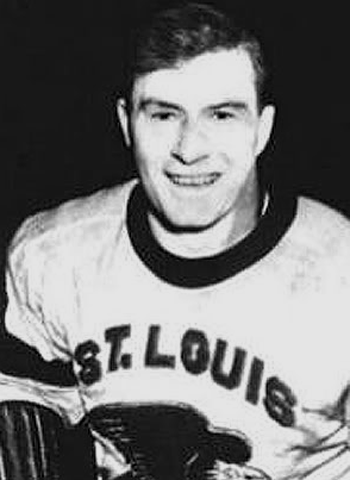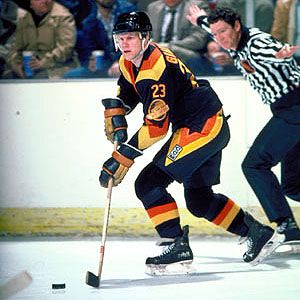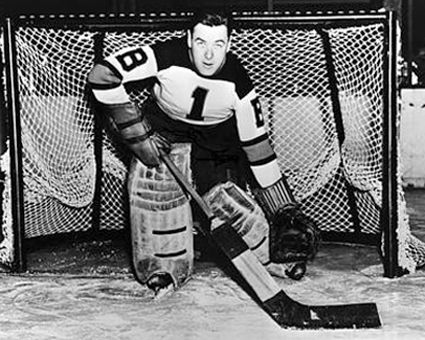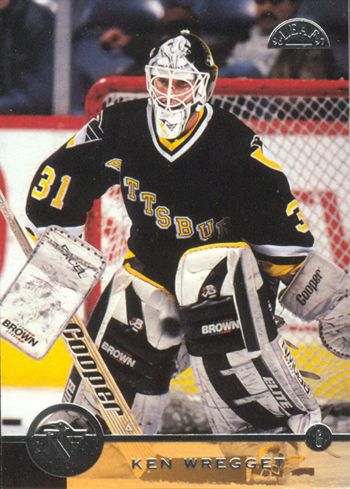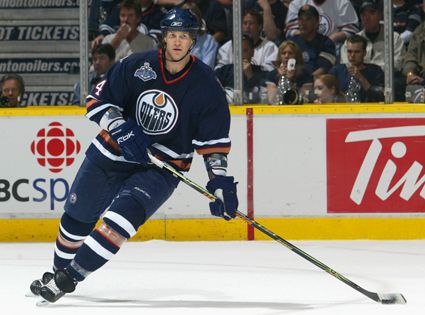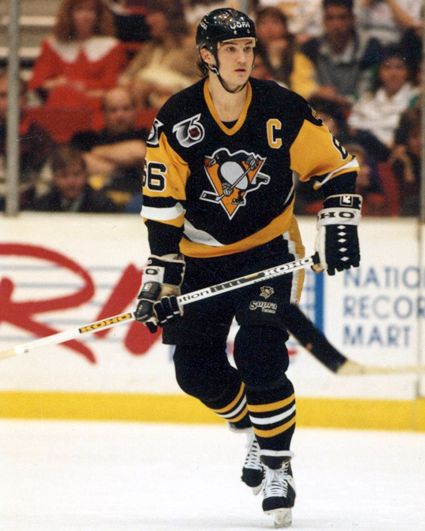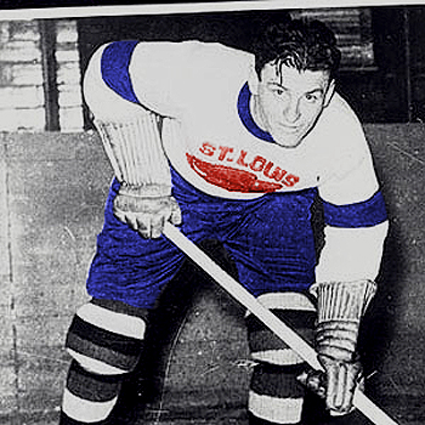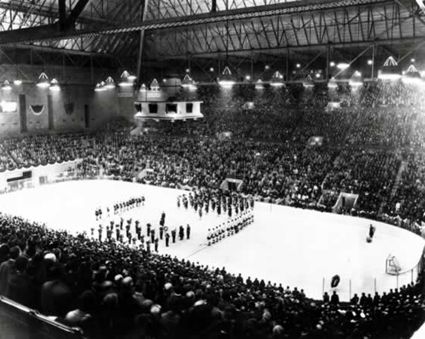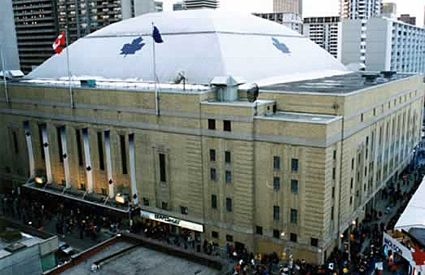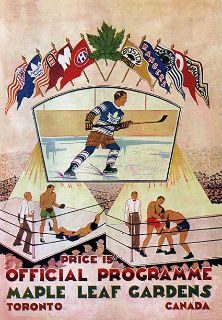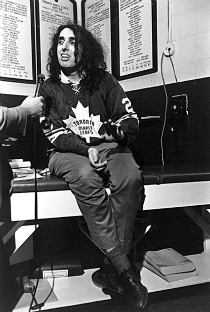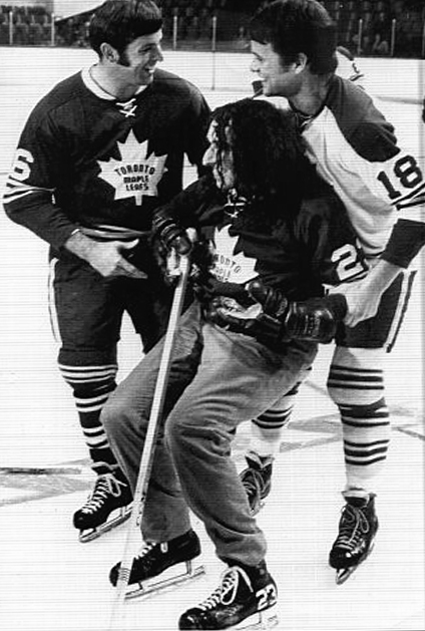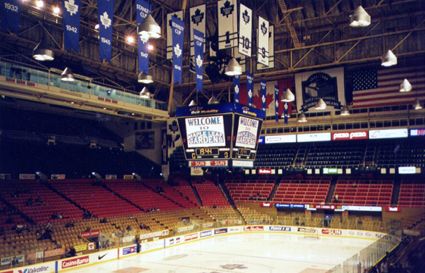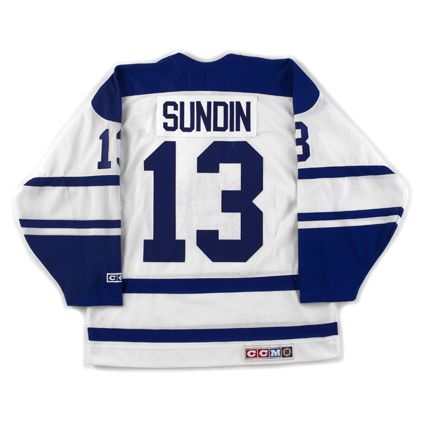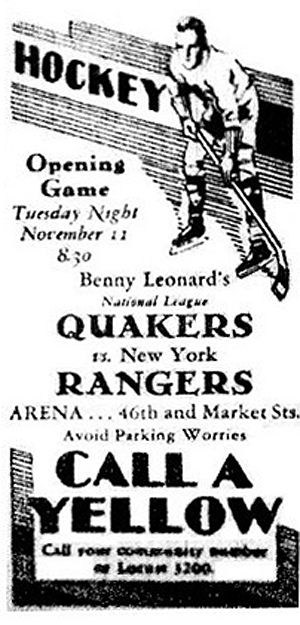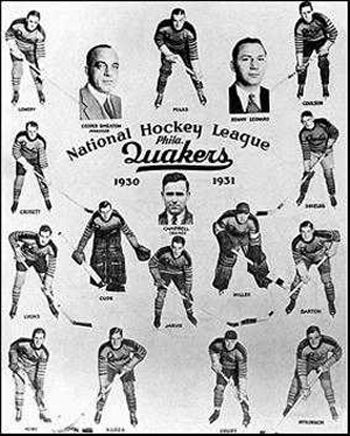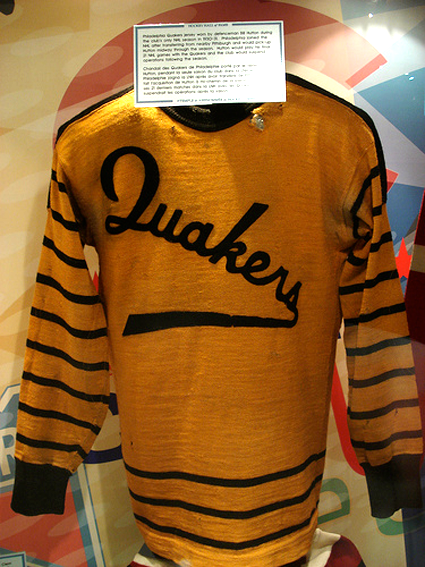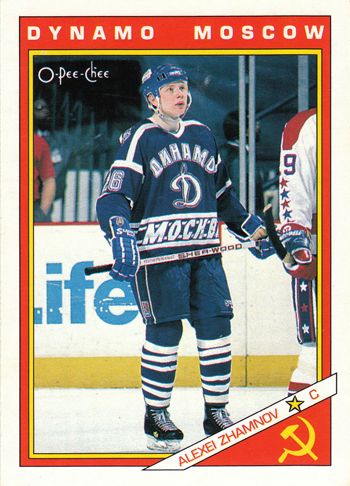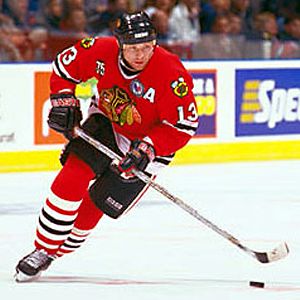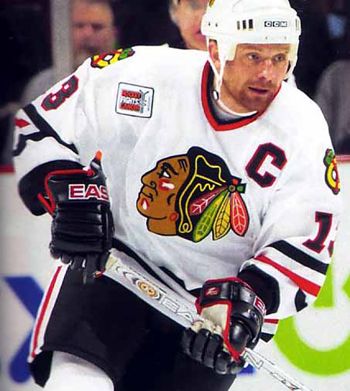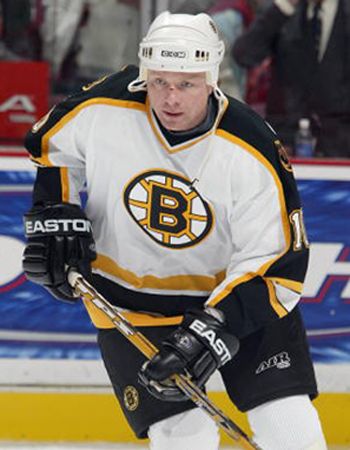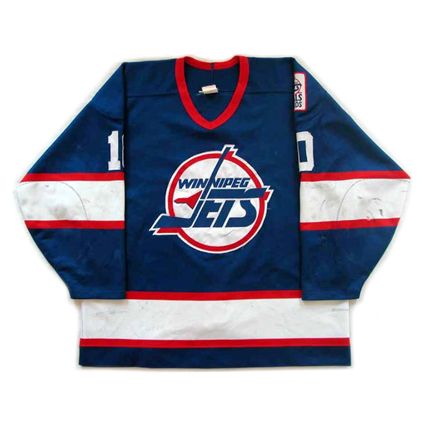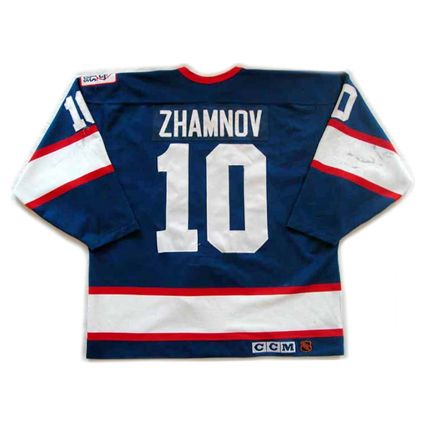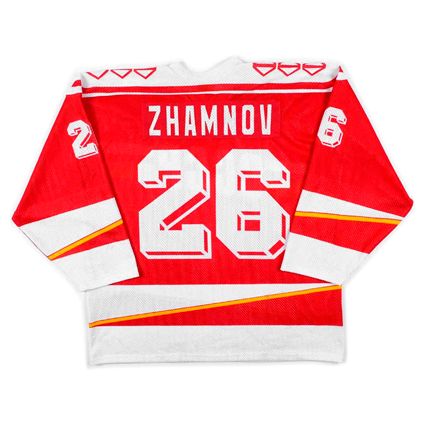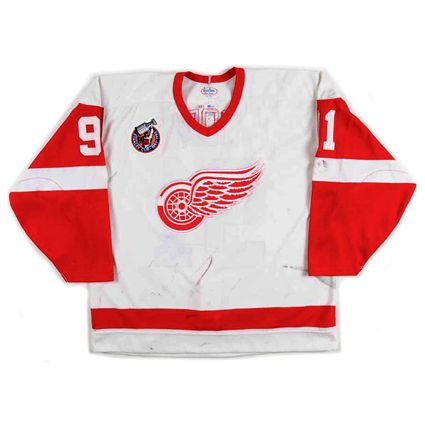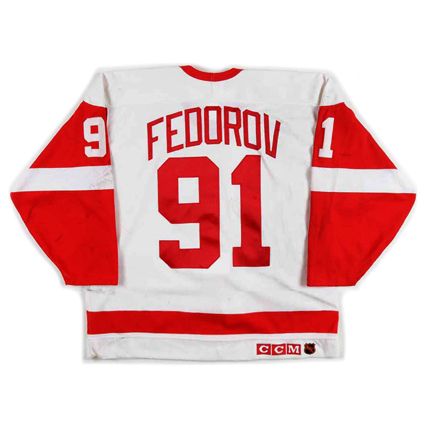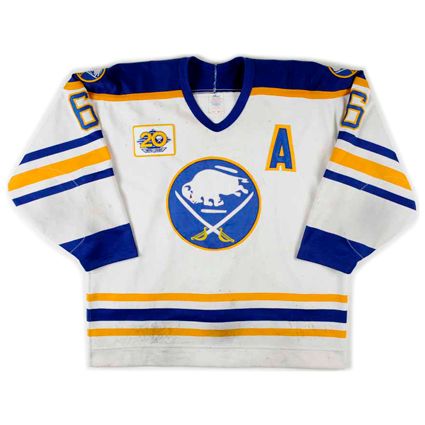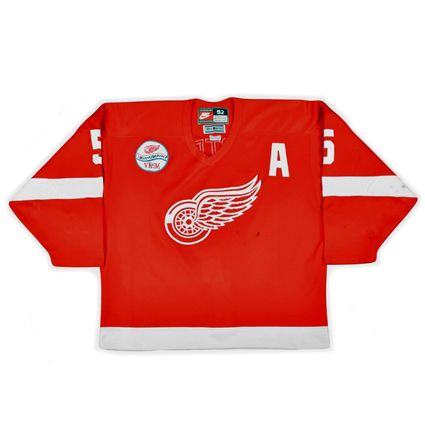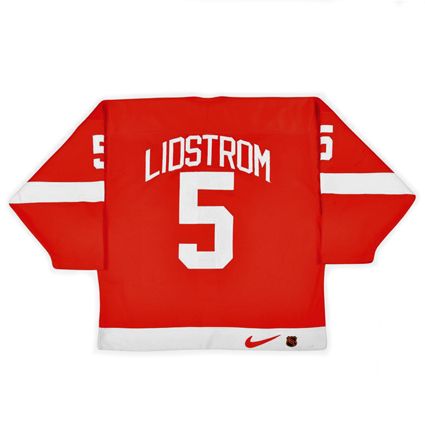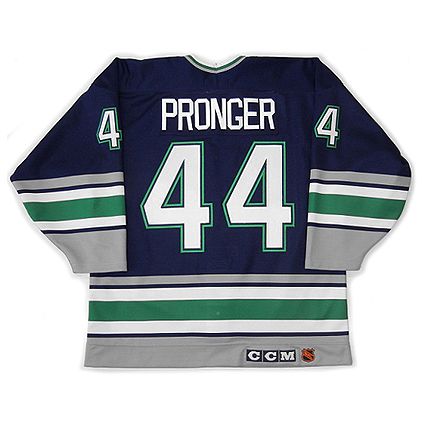The owners were proposing a tax on salaries higher than the average while the player's union viewed that as a variation on a salary cap and refused to accept it. Meanwhile, the players wanted a revenue sharing plan to help the small market teams, while the owners countered with tying salaries to revenues.
Eventually, as the delays in the season dragged on from October into November, the players grew restless and various plans were hatched to get them back on the ice. Some players decided to play in various European leagues and the National Hockey League Player's Association organized the 4-on-4 Challenge at Copps Coliseum in Hamilton, Ontario, which featured four teams of Canadian and American players competing a tournament format.
Wayne Gretzky later formed the Ninety Nine All-Stars, who played eight games in the first half of December, first in the United States against the Detroit Vipers of the IHL and then in Finland and Sweden against top level club teams or all-star squads in the case of their stops in both Norway and Germany.
Lesser known, but easily the most touching and emotional, was the Stars of Russia, a charity tour against teams from the Russian International Hockey League, a league which filled the gap between the old Soviet Championship League and the Russian Superleague for four seasons in the mid 1990's.
The tour was organized by Slava Fetisov and featured the best of the Russians in the NHL. The lineup for the Stars of Russia included: Alexei Kovalev, Pavel Bure, Darius Kasparitis, Igor Larionov, Sergei Makarov, Valeri Zelepukin, Sergei Berezin, Nikolai Khabibulin, Ilya Kovalchuk, Alexi Yashin, Dimitri Yushkevich, Maxim Afinogenov, Pavel Datsyuk, Oleg Tverfovsky, Danny Markov, Boris Mironov, Nikolai Borshevsky and most interestingly, Soviet defectors Alexander Mogilny and Sergei Fedorov.
In fact, the Russian government had to clear the way for the tour by dropping charges against several players, promising that no "repressive measures" would be taken against them, Mogilny in particular, as he had been convicted in absentia of treason by a military court for, not only did he defect as a hockey player, but also while as an officer of the Red Army.
"The fact that Mogilny has not been here for five years is a disgrace - not to him, but to the authorities," one fan declared. "Of course, I was sorry they all left. But I was proud of them too, because I knew they would go to that other country and show them how to play hockey."
When he returned to Moscow, Mogilny said what he had missed the most in five years away was "our Russian cooking. For so long I've wanted to taste our borscht again."
"We are glad to welcome them in Russia," Oleg Soskovets, Russia's first deputy prime minister said at a reception at the Kremlin. "The past is forgotten. They came to an absolutely new country, to an absolutely new society."
Russian Ice Hockey President Valentin Sych welcomed Mogilny home by stating, "I congratulate Alexander Mogilny for taking such a courageous stand to go where he wanted to play." in one of the most startling examples of the change in attitude by the authorities.
There was perspective and understanding shown to the players who had left rather than a feeling of resentment. "I say they're good guys. They haven't forgotten their native country. They were invited over there, and they have a God-gven gift. Why not work there? It's not a betrayal of their country to fulfill that gift," one fan stated.
"For the last five years, out country has been reconstructing everything, and hockey is not immune. The definition of a professional athlete is changing. It's not only attitude or prestige. It also includes business and commerce," Yuri Yakolev, President of Torpedo Yaroslavl explained.-
The tour began on November 4, 1994 with a 5-4 win over Moscow Spartak, highlighted by a pair of goals by Mogliny and one by Bure. Tickets for the game cost between $3 and $10, but scalpers were getting as much as $16 for a ticket!
"When they played the national anthem, I seized up," Fedorov said. "I'm thinking, 'Gee, after everything that's happened, now they're playing the song for us.' It made it extra special. This was history."
There were notable reunions among the Stars of Russia roster worth noting, such as the Bure - Fedorov - Mogilny line, which was expected to lead the Soviets into the 1990s, but none more noteworthy than the Green Unit, as Fetisov and Kasatonov on defense were reunited with the famed KLM line of Makarov and Larionov, who were now teammates with the San Jose Sharks, and the 34 year old Krutov, who was summoned from the pro team he was wrapping up his career with in Sweden.
"The last time we played together was the 1989 World Championships," said the 33 year old Larionov. "There have been a lot of reunions lately - the Rolling Stones, the Eagles. But we're not Mick Jagger. We won't be playing together when we're 50. This could be the last chance."
Their next game was a 5-4 loss to Torpedo Yaroslavl on Sunday, November 6th when 4,300 fans came our during snowstorm to watch the underdog home team take on "the millionaires from the west."
"Raw ambition beat talented professionalism," a Torpedo official was quoted as saying.
It was a result few saw coming before the game and certainly even more unexpected after the Stars of Russia scored three goals in under a minute in the first period to streak out to an early lead.
"This arena can seat 4,000, but it sounded like 10,000 out there," said Bure, who was held scoreless.
Their next stop was an 8-3 win against Torpedo Nizhny Novgorod prior to their game on Friday, November 11th that saw the Stars of Russia demolish Metallurg Magnitogorsk 11-2 with Fedorov scoring a hat trick while Bure had two goals of his own.
The squad of All-Stars then won by an even bigger margin on November 12th when they defeated Sibir Novosibirsk 17-6. Bure was the star of the show with 5 goals and 8 points on the night.
Fedorov had a pair of goals and an assist, Mogilny contributed a goal and 3 assists, Makarov had a goal and a pair of assists, Larionov had 1 goal and 3 assists while tour organizer Fetisov had a goal and an assist of his own in the romp.
The tour then wrapped up in Moscow on November 14th against CSKA Moscow, who were then known as the "Russian Penguins" as part of a marketing agreement with the Pittsburgh Penguins of the NHL. The demand for tickets was so great the game was move from the CSKA Ice Palace to Luzhniki Stadium to accommodate the large number of fans.
After the Stars of Russia jumped out to a 6-1 lead, CSKA staged a crowd pleasing rally in the third period, but eventually the NHLers prevailed by a score of 6-5, with Bure having a goal and an assist, Fedorov finding the net twice plus an assist and Mogliny adding a goal of his own as the trio starred in the game against their former club.
The NHL stars reception in Moscow was a mixed bag of joy and sadness. "It was great to watch, " said a young fan, "but it makes me sad. Bure, Fedorov and Mogilny are the best I've ever seen, and who knows when is the next time I'll get to see them."
Their performance left the fans wanting more.
"It was tremendous," said a 57 year old fan. "It's a shame that Russia doesn't have the money to keep them here."
"It was the best week for Russian hockey in years," said legendary Soviet goaltender Vladislav Tretiak, who was in attendance but declined an offer to don his goalie pads once again.
Team captain and tour organizer Fetisov addressed the crowd following the game. "We know many of you were rooting for CSKA, but you used to be our fans. We thank you for the celebration you have given us tonight."
"It has been a thrill to come back here," Mogilny said after the final game. "Everywhere we went, it was a warm welcome."
Today's featured jersey is a 1994 Stars of Russia Pavel Bure jersey as worn during the tour of Russian by the locked out NHLers against Russian club teams, for some players the first time in five years they were allowed to return to Russia after defecting during the final years of the Soviet Union.
Collectors should be aware, following the success of the 1994 Stars of Russia, there have been as many as six other Stars of Russia all-star squads between 1995 and 2001, each with it's own unique jersey style.

